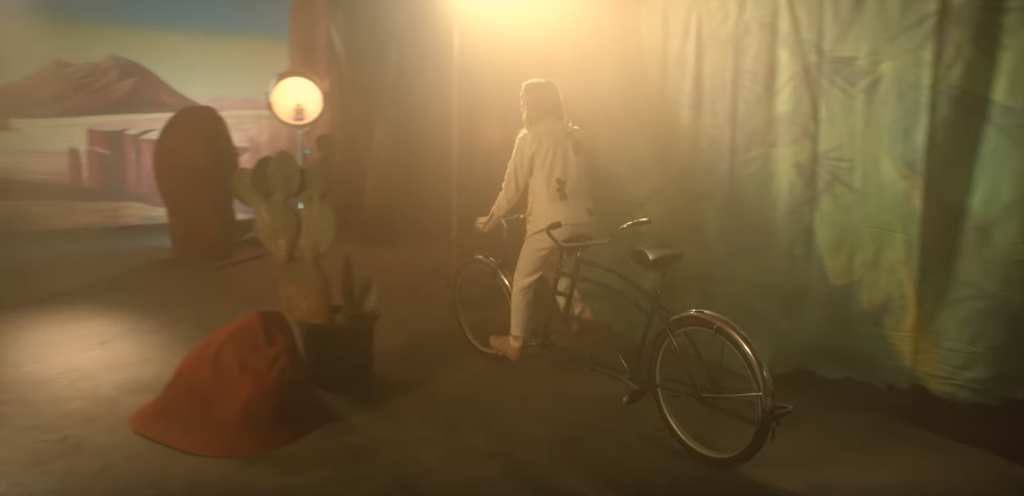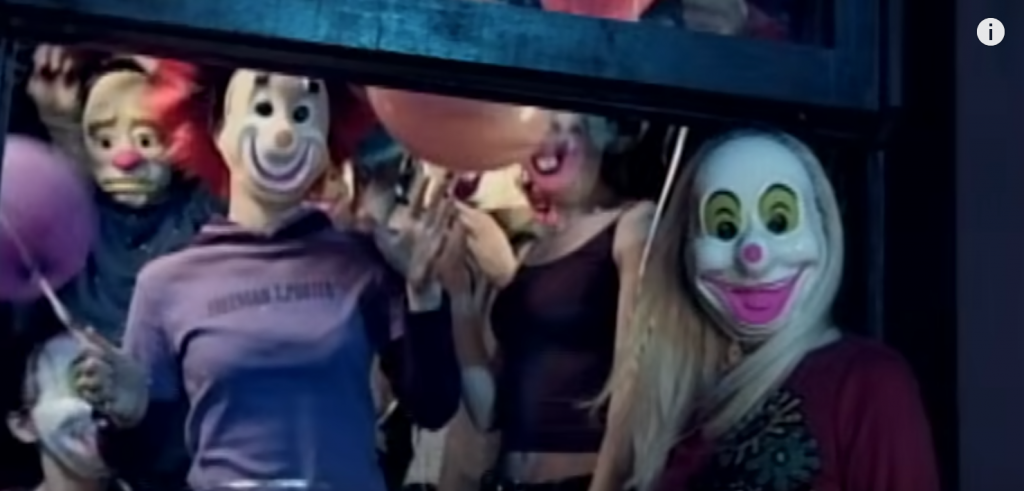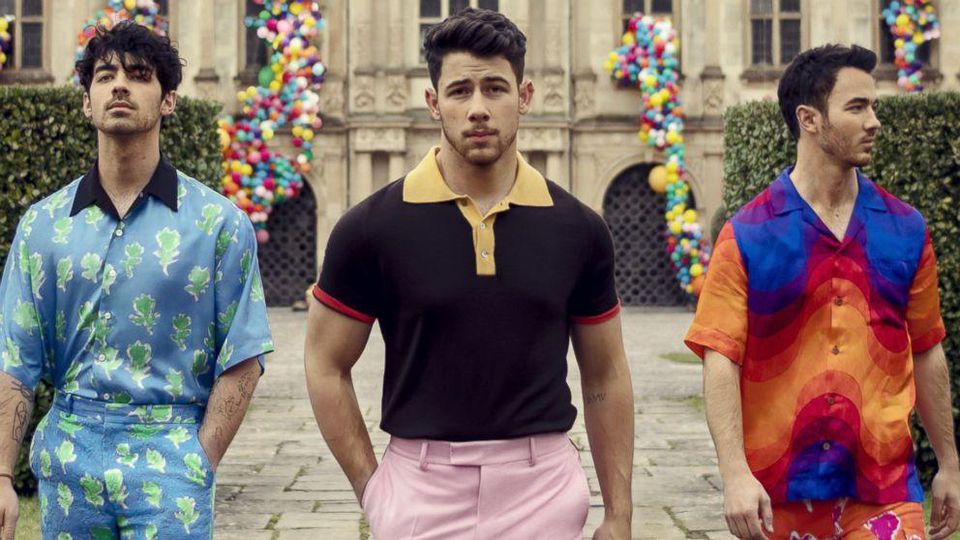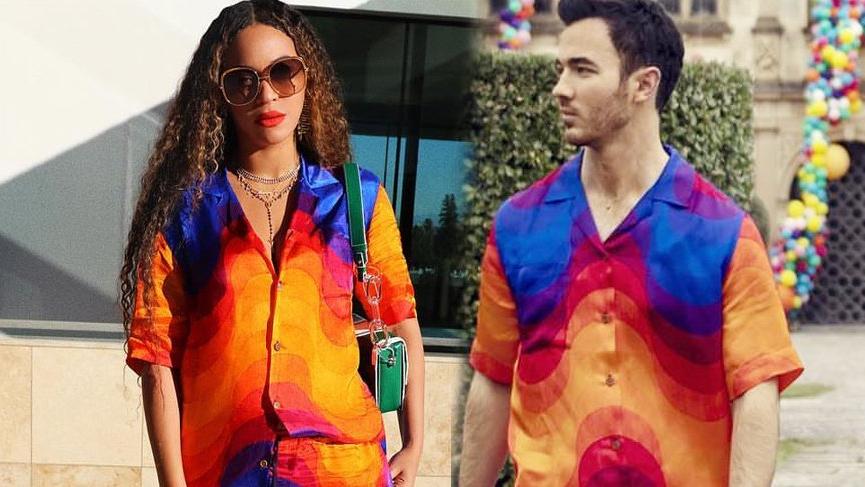
The coexistence of music and visual media became a common occurrence as video-sharing websites (i.e, Youtube) and streaming services (i.e, Netflix) came into being over the last decade or so. As a result, we tend to perceive the two elements altogether as a single entity and rarely question the nature of their compatibility – for instance, how is the process of collaboration between directors and composers? What are some of the translative techniques used to accurately compose a piece of music for a movie scene?
Ever since the revolutionary integration of synchronized sound into film in the early 1920s, films became an increasingly popular medium through which artists tell their stories. The collaborations between composers and film directors have led to the creation of countless unforgettable cinematic moments. Today, the phenomenal partnership between Christopher Nolan (director) and Hans Zimmer (composer) gave birth to several award winning films such as Inception (2017), Interstellar (2014), and Dunkirk (2017).
In an interview with IndieWire, Hans Zimmer confessed that the memorable theme of Interstellar was composed without referring to the plot of the movie: “Chris said to me, in his casual way. ‘So, Hans, if I wrote one page of something, didn’t tell you what it was about, just give you one page, would you give me one day of work?'” Having had Zimmer’s agreement, Nolan sent him a one-page typewritten letter of a short story: A father leaving his child to take on an important job. Zimmer then quickly wrote the main theme with a simple yet moving chord progression: VI – V – vi. Moreover, the melody consists of four intervals that decrease in size as the harmony develops, representing the expectation of the son and daughter toward their father’s return. Specifically, in the Years of Messages scene, the main theme creeps in while Cooper (the father) is reading years of unread messages from his son and daughter. Tom (the son) eventually gave up on sending the messages because Cooper never responded. As he explained to Cooper in his last message about his loss of faith toward Cooper’s promised return, the significance of the music became prominent: not only did it bring out the son and daughter’s feeling of disappointment toward his father by resolving into the minor chord at the end of each harmonic cycle, but it also served to highlight the stark contrast between the silence that surrounds Cooper in space and the grand music gesture that continued to build until the end of the scene. As a result, the music was able to represent the character’s emotions whenever it came on, heightening the emotional impact of the music as the story develops. As one analyst wrote: “[R]ather than simply being associated with a certain character or group of characters, Zimmer’s themes tend to emphasize the emotions a particular character or group is feeling at various points in the film”. Furthermore, the cyclic quality of the theme captivates the audience by its minimalistic approach, leaving room for the monologue and plot to sink in; as Zimmer himself put it: “Rather than doing a lot… I’m hypnotizing you.”
Lastly, Zimmer’s music provides a level of spaciousness that is unparalleled in many other genres in music; it often fills up the frequency ranges with constant doublings of instrumental phrases and the use of synthesized sounds to provide a much fuller low end. As a result, his music sounds full and rich all on its own, yet the collaboration between the music and the film makes it that much more special – hence the power of film music to emote, inspire, and persuade.












